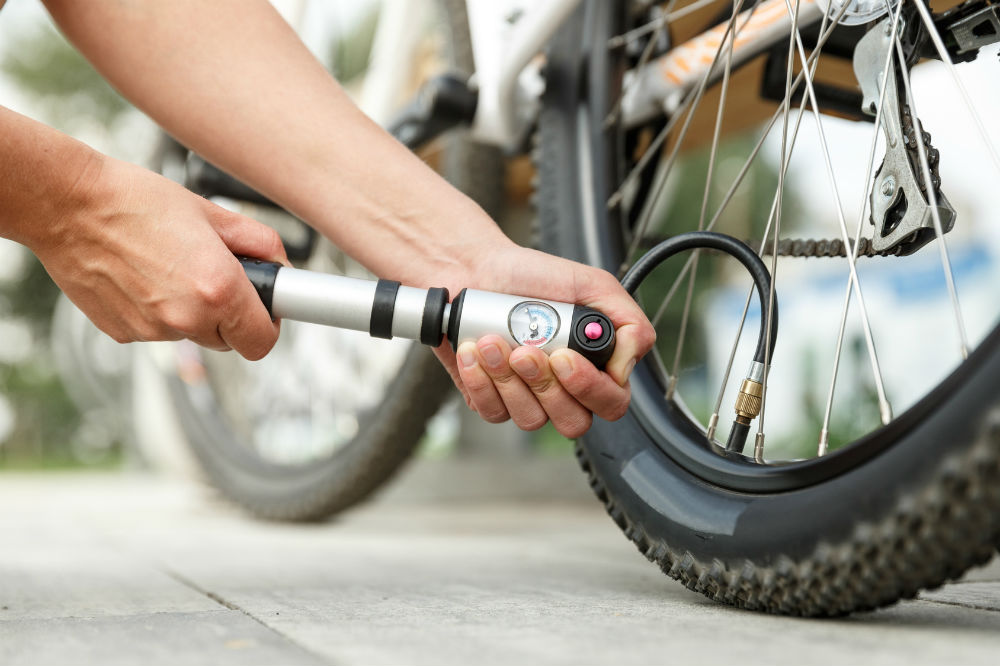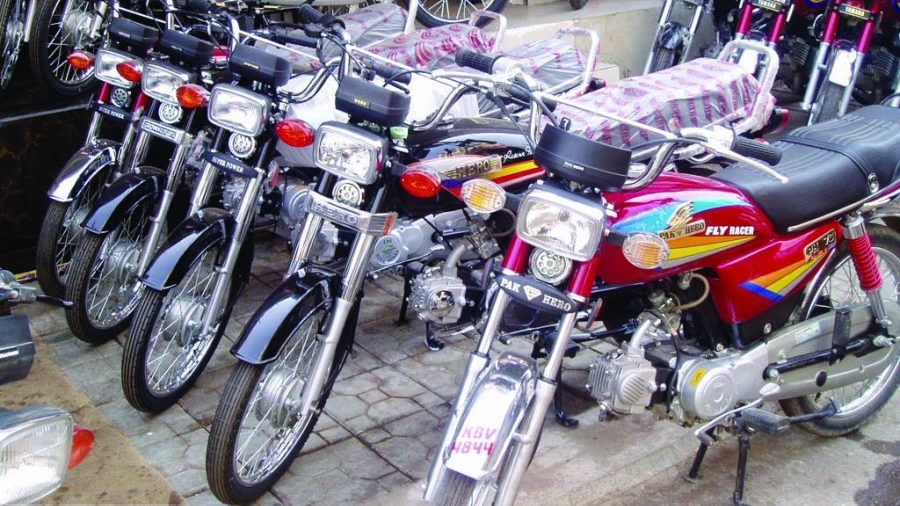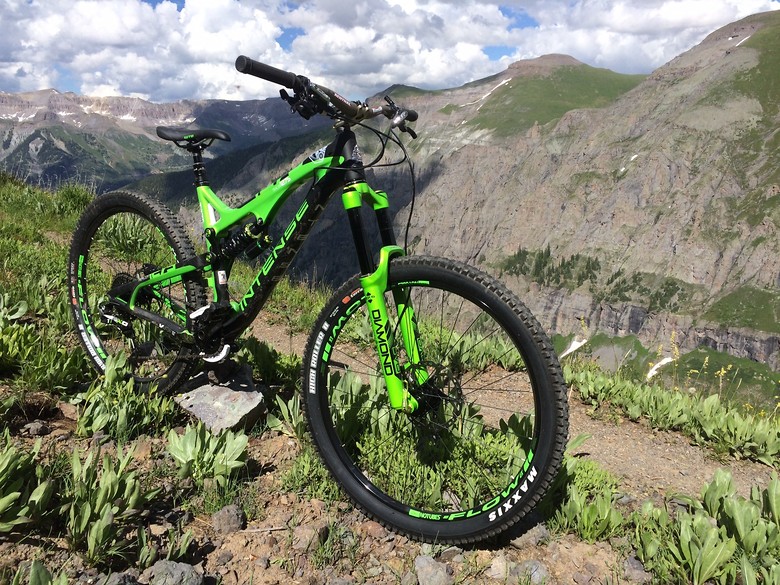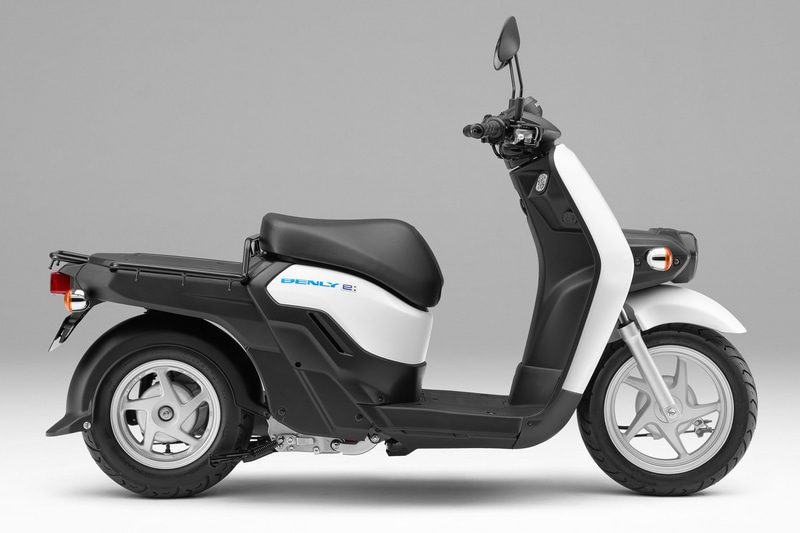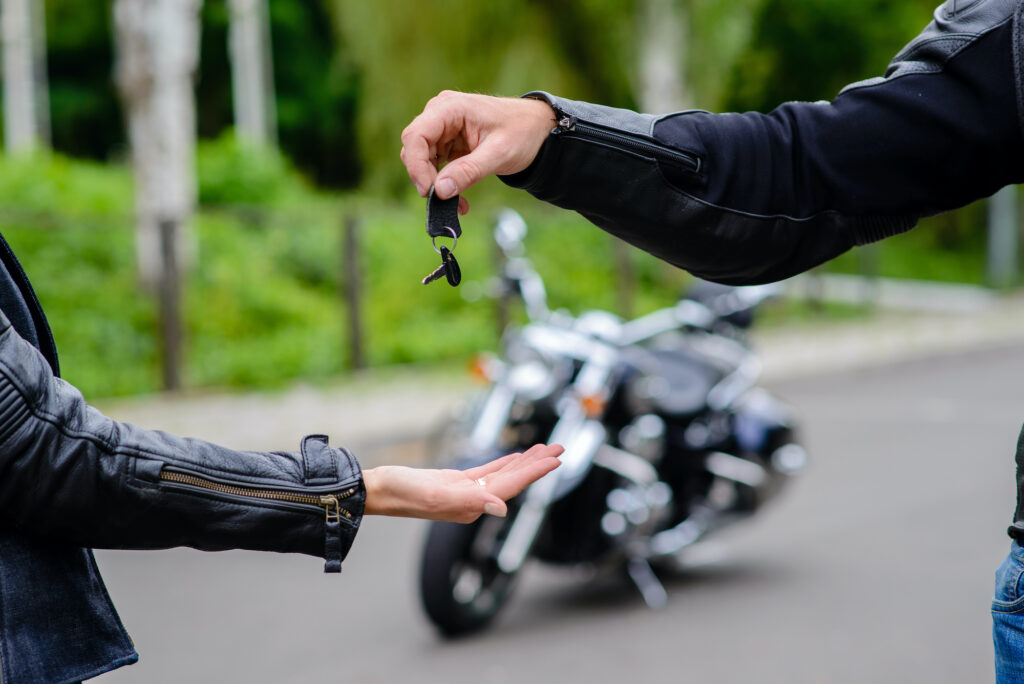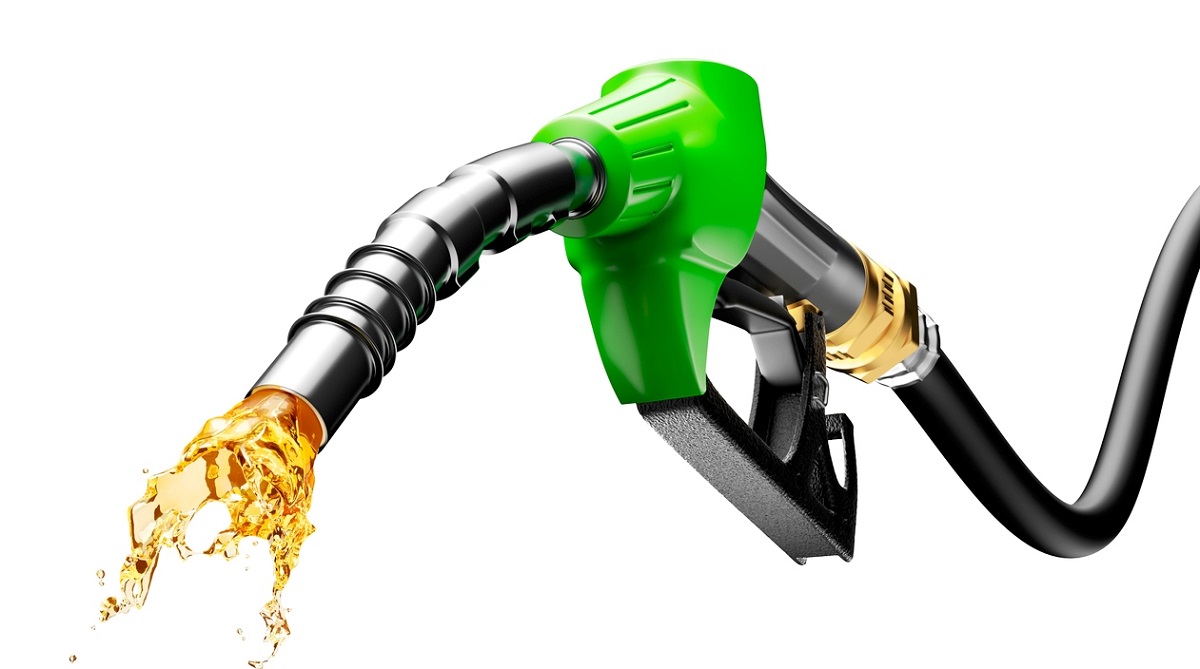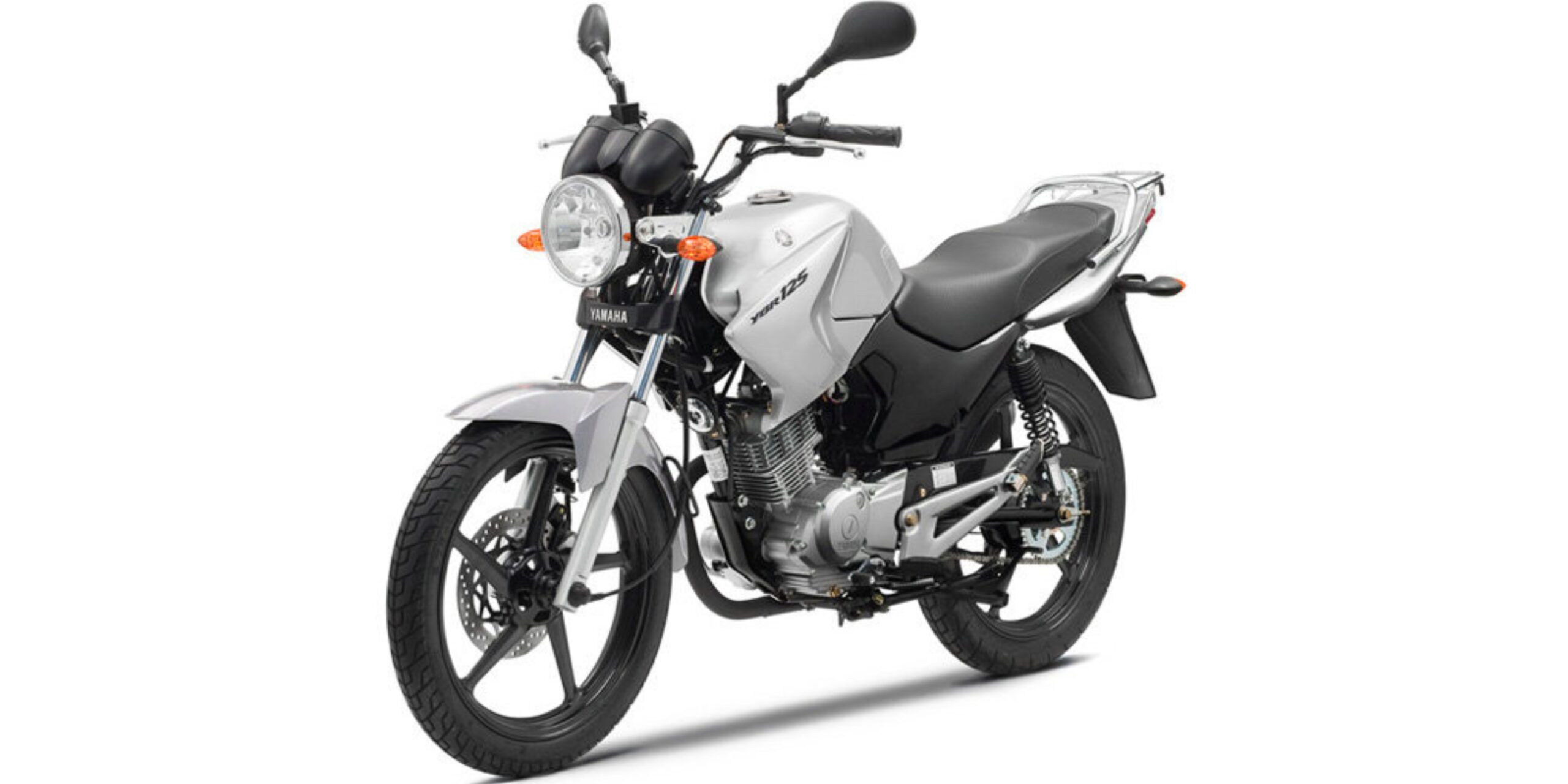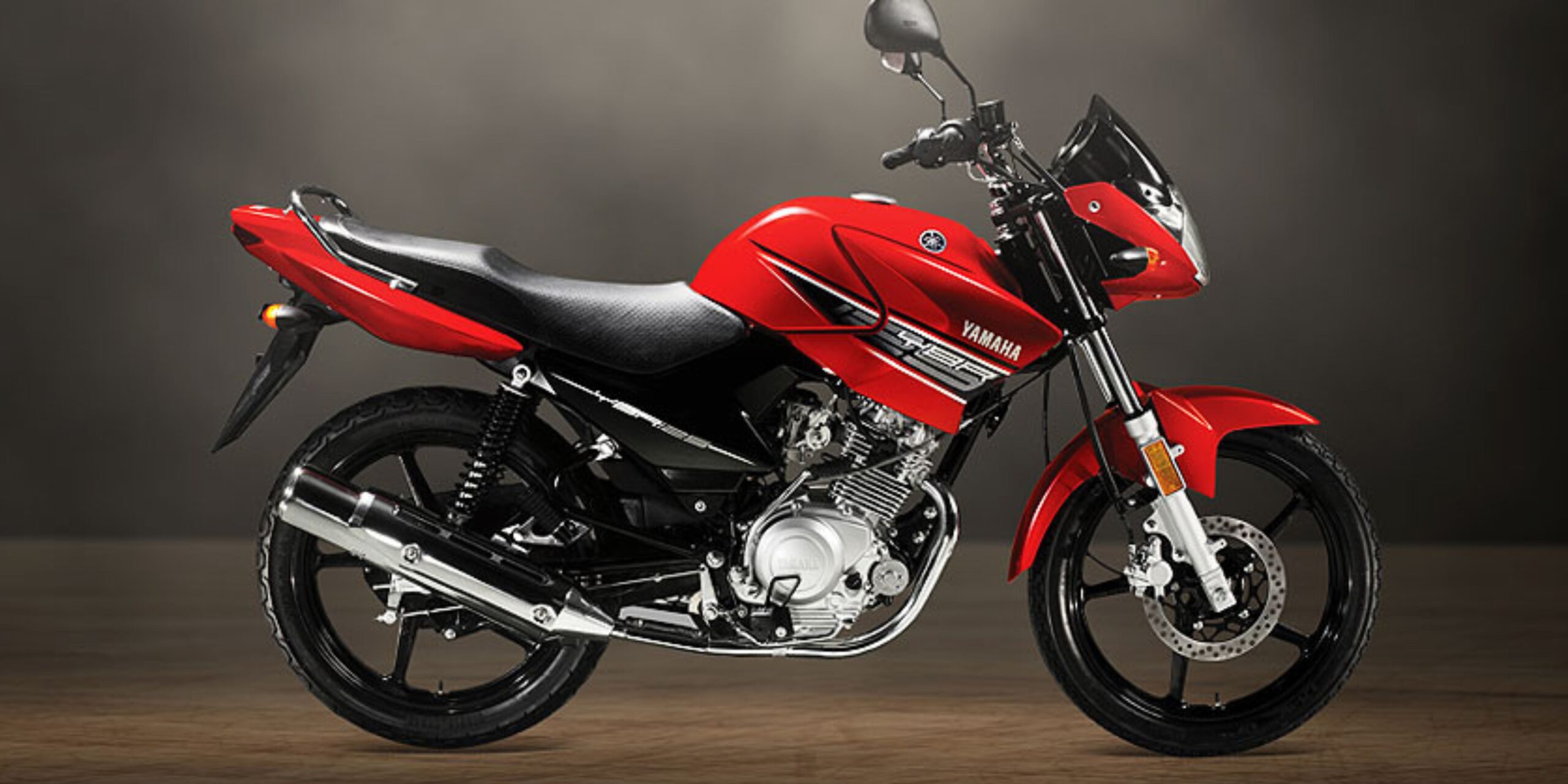Welcome to our guide on bike tire inflation—where we demystify PSI guidelines and offer practical recommendations. Understanding the right tire pressure for your bike is key to an enjoyable and safe ride. From road bikes to mountain bikes, each requires a specific PSI range. Not sure where to start? We break it down into easy-to-follow categories—kids’ bikes, road bikes, mountain bikes, and hybrids—detailing the ideal pressure for each. But it’s not just about numbers; factors like weight, temperature, and frequency of use play a role in tire pressure too.
In this comprehensive guide, we explore the impact of these factors on tire inflation. Stay tuned as we delve into the nuances of optimizing bike performance through tire pressure. For more insights, jump to our headings below to explore specific areas of interest.
Understanding Tire PSI
Tire PSI, or pressure per square inch, determines your bike’s performance. It’s the air inside your tires that keeps you rolling smoothly. Each bike type has its recommended PSI range, affecting comfort and speed. To prevent issues like pinch flats or bumpy rides, understanding tire PSI is essential. It’s not just about pumping air; it’s finding the sweet spot for your bike. Let’s uncover the significance of tire PSI and how it impacts your riding experience.
Ideal Pressure Ranges
Different bike types demand specific PSI ranges for optimal performance. Road bikes prefer high pressure for speed, while mountain bikes benefit from lower pressure for better traction. Kids’ bikes have their ideal range too, ensuring a safe and comfortable ride. Understanding these ideal pressure ranges ensures a smoother biking experience. Achieving the right PSI range elevates your biking adventures while minimizing risks.
Factors Affecting Inflation
Several factors influence tire inflation beyond bike type. Weight plays a significant role; heavier riders may need higher PSI for better performance. Temperature also affects tire pressure—hotter climates increase PSI while colder temperatures decrease it. Knowing these factors helps maintain consistent tire pressure for a safer ride. Exploring these influences ensures you’re prepared for any riding conditions.
Optimizing Bike Performance
Optimizing bike performance starts with getting tire PSI right. It’s not just about reaching a number; it’s about finding your bike’s sweet spot. Balancing pressure according to bike type, weight, and riding conditions enhances your biking experience. Fine-tuning tire PSI significantly impacts speed, comfort, and safety during rides. Understanding these optimization strategies maximizes your biking potential.
Inflation Tips for Cyclists
Mastering tire inflation involves practical tips for every cyclist. Regularly check tire pressure before rides to ensure optimal performance. Invest in quality pumps and gauges for accurate pressure adjustments. Understanding the impact of factors like weight and temperature aids in consistent inflation. By implementing these inflation tips, cyclists can enjoy smoother rides while reducing the risk of tire-related issues.
Conclusion
Understanding tire PSI and its ideal ranges for various bike types is crucial for an enjoyable and safe biking experience. Factors like weight, temperature, and riding conditions significantly impact tire pressure. By optimizing bike performance through proper inflation and following practical inflation tips, cyclists can ensure smoother rides and minimize potential issues. Mastering tire inflation is key to maximizing biking potential and enjoying every journey.

